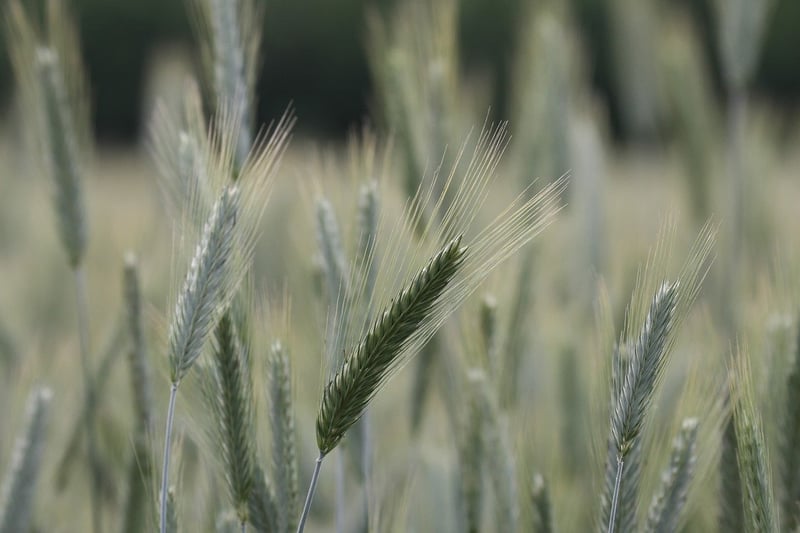Cover Cropping
Enhancing Soil Fertility with Cover Cropping
Soil fertility is crucial for successful agriculture and sustainable food production. One effective method to enhance soil fertility is through cover cropping. Cover cropping involves planting specific crops during off-season periods to protect and improve the soil.
Benefits of Cover Cropping for Soil Fertility
Cover cropping offers various benefits that contribute to enhancing soil fertility:
- Soil Protection: Cover crops help prevent soil erosion by covering the ground and reducing the impact of rain and wind.
- Nutrient Recycling: Certain cover crops can capture excess nutrients, preventing leaching, and making them available for the next crop.
- Organic Matter Addition: When cover crops decompose, they add organic matter to the soil, improving its structure and moisture retention.
- Weed Suppression: Cover crops can outcompete weeds, reducing the need for herbicides and manual weeding.
- Biodiversity Promotion: Diverse cover crop mixtures support beneficial soil organisms and enhance overall ecosystem health.
Popular Cover Crops for Soil Fertility
Various cover crops are used to improve soil fertility, each offering unique advantages. Some popular cover crops include:
- Legumes: Such as clover and vetch, fix nitrogen from the air, enriching the soil.
- Grasses: Like ryegrass and wheat, help with soil structure and erosion control.
- Brassicas: Including radishes and mustards, break up compacted soil and suppress pests.
- Mixtures: Combining various species can provide multiple benefits simultaneously.
Implementing Cover Cropping
When implementing cover cropping for soil fertility improvement, consider the following:
- Choose cover crops based on your specific soil needs and local conditions.
- Plan cover cropping in crop rotation schedules to maximize benefits and minimize competition.
- Use diverse cover crop mixtures to address multiple soil health aspects simultaneously.
- Manage cover crops effectively, including termination timing to avoid competition with cash crops.
By incorporating cover cropping into agricultural practices, farmers can enhance soil fertility, reduce reliance on external inputs, and promote sustainable land management practices for long-term productivity.

For more information on cover cropping and soil fertility, visit Sustainable Agriculture Research & Education.
